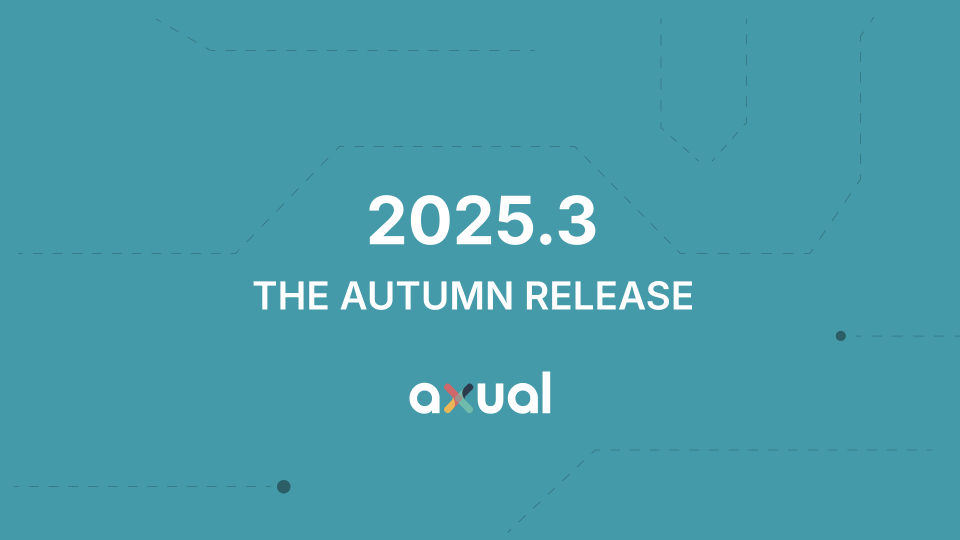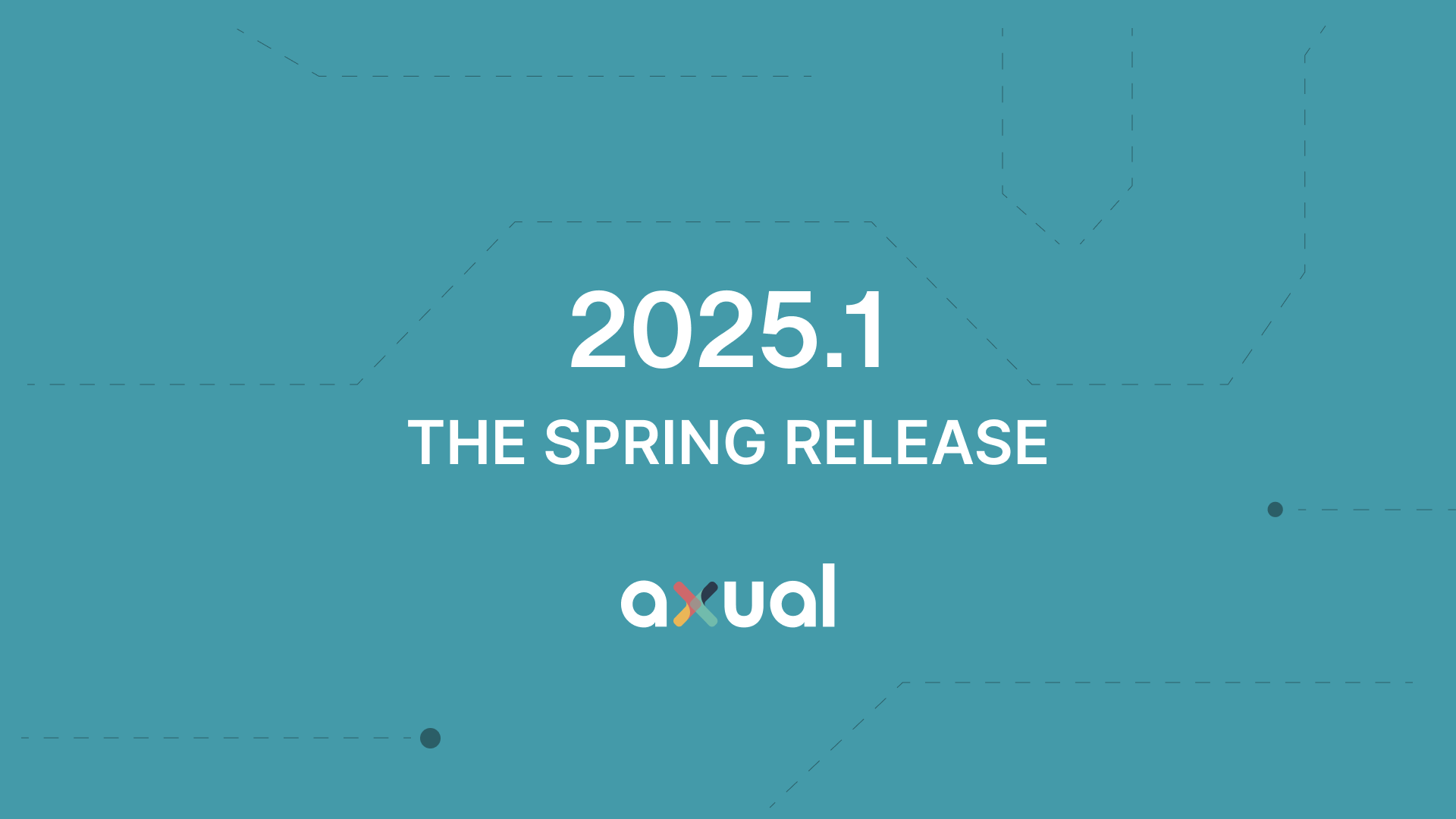On this page
As businesses increasingly rely on data-driven insights, the need for scalable, real-time data streaming solutions has never been greater. Apache Kafka has emerged as one of the most popular platforms for building real-time data pipelines and event-driven architectures, powering everything from large-scale data analytics to microservices communication. However, managing Kafka in production environments, especially as organizations grow, presents a host of challenges. With Kafka's distributed nature, ensuring high availability, fault tolerance, and scalability requires significant operational expertise.
At the same time, Kubernetes has become the go-to platform for orchestrating containerized applications, offering automated deployments, scaling, and self-healing capabilities. It is the new abstraction for modern infrastructure, much like Linux once did for server operating systems. Vendors and product suppliers leverage Kubernetes to deliver cloud-native solutions that are portable across environments—whether on-premises, in the cloud, or in hybrid setups—enabling them to provide consistent, scalable, and flexible products. But while Kubernetes excels at managing stateless applications, handling stateful applications like Kafka is much more complex due to its intricate resource and operational requirements.
This is where Kubernetes Operators come into play. Operators allow Kubernetes to not only manage Kafka deployments but also automate complex tasks like scaling, upgrades, and recovery. Kafka Operators bridge the gap between Kafka's operational complexities and Kubernetes' orchestration capabilities, making it easier to run Kafka clusters reliably at scale.
What is a Kubernetes Operator?
Kubernetes Operators are application-specific controllers that extend the Kubernetes API to manage complex applications like databases, messaging systems and stream processors. Operators encapsulate domain knowledge about how to deploy, scale, and manage a specific application. For Apache Kafka, this means handling tasks such as setting up brokers, managing zookeepers, scaling partitions, and ensuring fault tolerance.
Why Use a Kafka Operator?
Managing Kafka manually on Kubernetes involves many steps: creating stateful sets, configuring persistent volumes, setting up Kafka brokers, monitoring health, and more. Kafka Operators abstract this complexity by automating the entire lifecycle of a Kafka cluster, from deployment to scaling to upgrades.
Using Kafka Operators has several advantages:
- Automated Deployment: Easily spin up a production-ready Kafka cluster with minimal manual intervention.
- Self-Healing: Operators monitor the Kafka cluster's state and automatically recover from node failures or degraded performance.
- Simplified Scaling: Operators can handle Kafka’s horizontal scaling, allowing you to adjust the number of brokers or partitions with minimal effort.
- Upgrades and Maintenance: Operators often handle rolling upgrades, configuration changes, and backups with zero or minimal downtime.
- Manage Kafka Ecosystem: Operators can handle Kafka clusters and Kafka Connect clusters, MirrorMaker and other tools in the ecosystem.
However, there are also some disadvantages. Operators can add an extra layer of complexity and are often opinionated in handling Kafka resources, making custom configurations more difficult. While operators simplify Kafka management, managing the operators themselves requires expertise and knowledge of both Kafka and Kubernetes.
Kafka Operator Options
Several Kafka operators are available in the market, each with its own set of features:
- Strimzi: One of the most popular Kafka operators, Strimzi offers an open-source, Kubernetes-native way to run Kafka. It provides features like automated deployments, scaling, rolling updates, and monitoring integration.
- Confluent Operator: Built by Confluent, the creators of Kafka, this operator offers enterprise-grade features with strong integration into the Confluent platform. It’s more suitable for companies already invested in the Confluent ecosystem.
- Koperator (Banzai Cloud): Integrates with Envoy proxy and Istio to provide an advanced setup that does not depend on Statefulsets.
Axual provides a fully managed, real-time event streaming platform designed to help enterprises build data-driven applications with ease. Want to know more about how Axual can help? Read the use case Kafka Operator: De Volksbank's Path to Data-Driven Transformation.
Axual's All-in-one Kafka Platform focuses on democratizing access to real-time data by offering an intuitive interface and a seamless developer experience. Axual uses Strimzi Operator to simplify Kafka management, automating key tasks such as provisioning, scaling, and updates, allowing customers to benefit from enterprise-grade streaming without the complexity of manual Kafka operations.
Conclusion - Kafka operators simplify Kafka deployment
Kafka Operators simplify Kafka deployment and management on Kubernetes, making it easier for organizations to run Kafka at scale. Whether you choose Strimzi, Confluent, or Koperator, operators enable automated management of Kafka clusters, allowing your teams to focus on delivering real-time data applications without getting bogged down in the operational complexities.
Answers to your questions about Axual’s All-in-one Kafka Platform
Are you curious about our All-in-one Kafka platform? Dive into our FAQs
for all the details you need, and find the answers to your burning questions.
Use Kafka with Kubernetes by leveraging Kafka Operators like Strimzi, which automate deployment, scaling, and management of Kafka clusters on Kubernetes. Learn more in our guide on Strimzi for Kafka deployments: https://axual.com/blog/kubernetes-simplifies-your-apache-kafka-deployment-with-strimzi
Deploy Prometheus within your Kubernetes cluster for metric collection. Set Up Pod Monitors to track the health and performance of your Kafka pods. Enable Metrics for all Kafka components to gain insights into their operational status. Deploy Kafka Exporter to expose Kafka metrics for Prometheus scraping. Install OpenTelemetry in the cluster to standardize and enhance observability across services. Create Grafana Dashboards using the metrics collected by Prometheus for visual monitoring and analysis.
Strimzi provides a way to run an Apache Kafka® cluster on Kubernetes or OpenShift in various deployment configurations. Read here more on how and why to use it: https://axual.com/blog/why-axual-use-the-strimzi-operator
An operator encapsulates human operational knowledge into software, streamlining the management of complex applications on Kubernetes. It can perform application-specific tasks such as deploying an application on demand and backing up or restoring the application state.
Related blogs

Axual 2025.3 release introduces KSML 1.1 integration for automated stream processing deployment, group-based resource filtering for multi-team governance, and experimental MCP Server for AI-driven platform operations. Includes JSON schema support, Protobuf processing (beta), and enhanced audit tracking for enterprise Kafka implementations.

The Axual 2025.2 summer release delivers targeted improvements for enterprise-grade Kafka deployments. In this post, we walk through the latest updates—from enhanced audit tracking and OAuth support in the REST Proxy to smarter stream processing controls in KSML. These features are designed to solve the real-world governance, security, and operational challenges enterprises face when scaling Kafka across teams and systems.

Axual 2025.1 is here with exciting new features and updates. Whether you're strengthening security, improving observability, or bridging old legacy systems with modern event systems, like Kafka, Axual 2025.1 is built to keep you, your fellow developers, and engineers ahead of the game.

